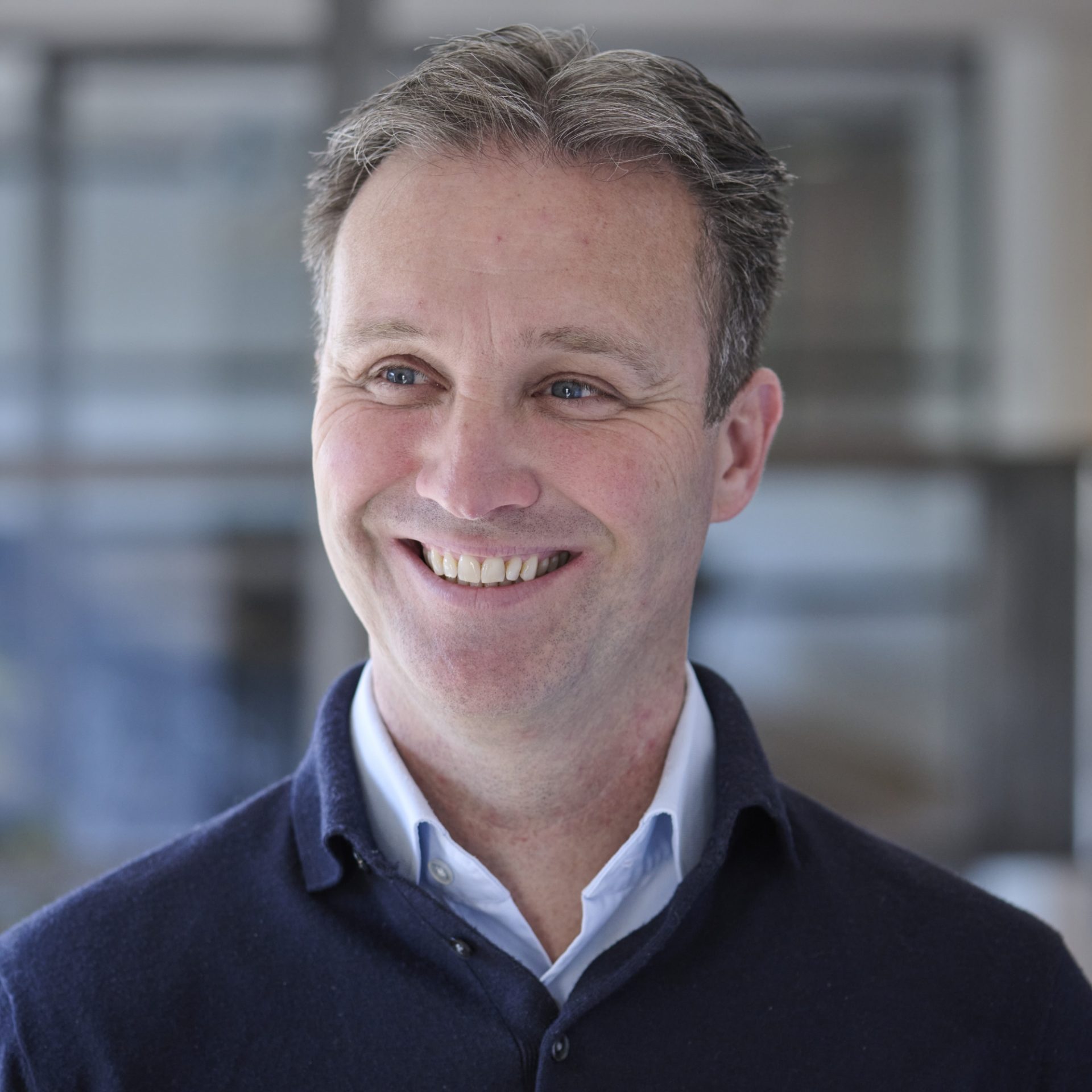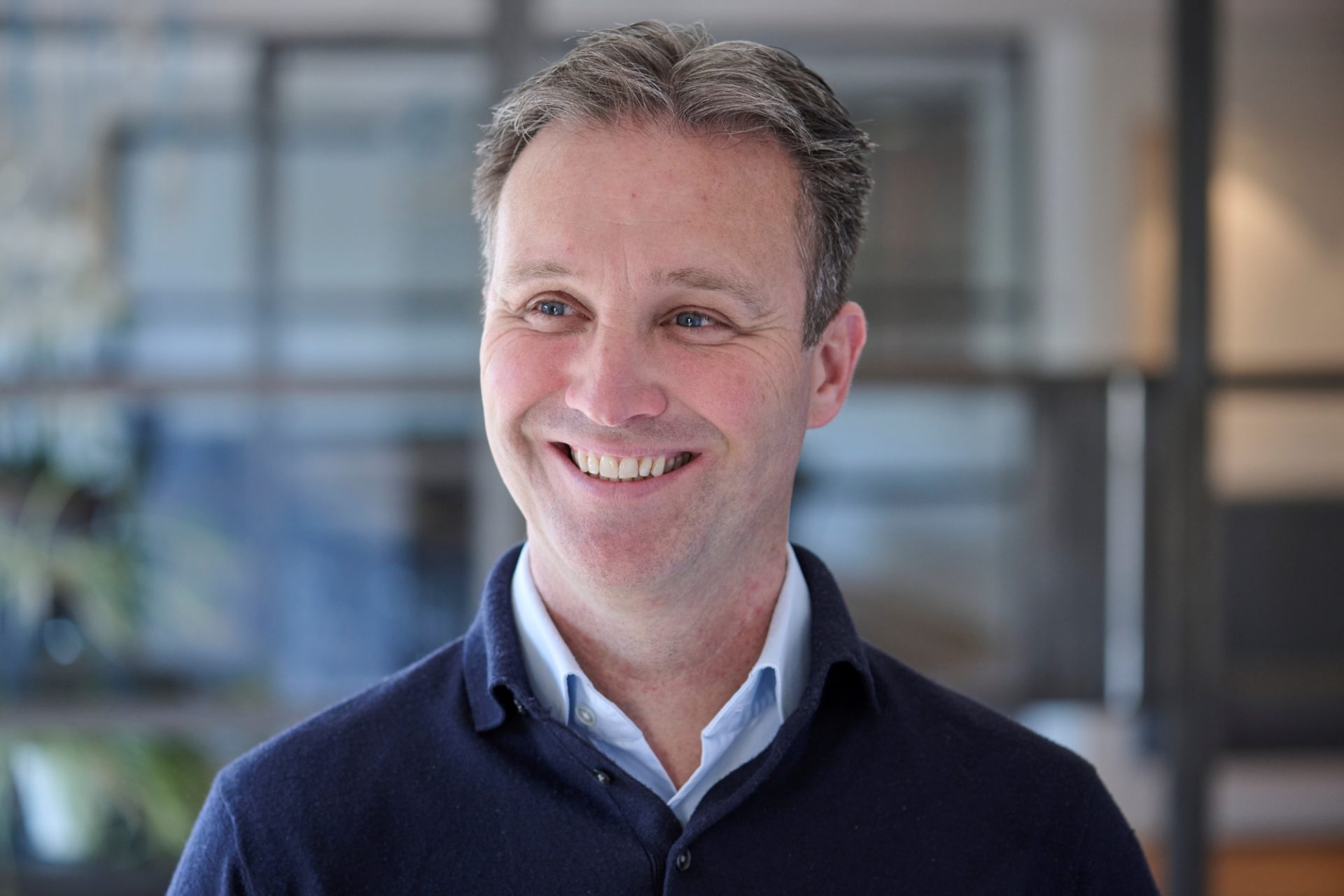Optimizing the ecosystem amidst global dynamics
As the COVID pandemic and the war in Ukraine made unmistakably clear, IT modernization is not about any single enterprise at work. The entire ecosystem in which it operates affects, and is affected by, the digital transformation. When value chain partners have overlapping technology priorities, the ecosystem can become more resilient and mutually supportive. At the same time, the more globally interconnected and interdependent that organizations become, the more leaders can leverage the external pressures of geopolitics and international regulations to pursue smart, sustainable strategies.
Ecosystem interdependence is felt acutely by the Port of Rotterdam, the authority that manages Europe’s largest port. “We are not a company acting on its own. When the ships leave the port of departure anywhere in the world, different parties and different digital platforms play an important role. The chain is as strong as the weakest link and relies on the availably of those within the chain,” stated Marijn van Schoote, Head of IT Operations & Services Management and CISO at Port of Rotterdam. “We can say we are as resilient as we want, we can say we are available 24/7. However, we rely on our partners. If, for example, the pilots or the tugboats are not available due to an IT outage or a pandemic, as we saw with Corona, then parts of our process also get delayed.”
While Port of Rotterdam spent the last two years engaged in its own digital optimization, these days the organization is planning how to realize ever wider ambitions. “The biggest impact that we can make is not optimizing our own processes as a company, but to see how we can contribute as a port authority to our ecosystem of approximately 5,000 companies,” Marijn van Schoote elaborated. “How can we open up the data processing that we’ve done to support others, sharing weather, tide, and other water information relevant for logistics companies? And how can we professionalize our data governance and data quality so that transport and logistics companies can use the data to optimize their own processes?”
Finetuned awareness of its place in the ecosystem – and, within it, how crucial fellow members are – is imperative for NewCold, too. “We build our warehouses at strategic locations from which we can serve our customers. We are located around the globe – from Australia to America and across Europe – and we’re expanding massively,” said Gunther Cleijn. And yet, he admitted, “One element that keeps me awake is the global dynamics of the cyber domain. The landscape dynamics dictate your strategies. We tend to automate as much as possible but, in the end, we still do need people on every continent if only to ensure we comply with local legislation.”
Our customers had varied experiences with international legislation and its impact on day-to-day operations. While some find Europe’s latest regulations, such as the NIS2 Directive and DORA, sometimes troublesome, others consider them a blessing in disguise. Jochem Somers, for example, described how through his responsibility for CCV’s transaction processing and the whole chain of services that comes with it, compliance expectations provide a clear narrative for internal and external communication.
“We have a license from De Nederlandsche Bank (DNB) and are supervised by them to ensure that we meet the requirements. Although these requirements sometimes offer a challenge for the commercial side of the business, we also take our responsibility as one of the country’s key payment providers very seriously. The DNB and CCV have constructive discussions about specific obligations and our chosen solutions,” Jochem Somers said. “It’s understandable that a regulator demands crystal-clear and valid reasoning about decisions we take. I enjoy having these consultations as they help our business evolve. Having the trust of our customers and partners is key to our success, and we see this cooperation as an important building block for being future-proof, reliable, and sustainable as a payment provider.”
Balancing business continuity and customer intimacy
IT modernization requires organizations to look inward, reevaluating their core business and, often, reconnecting with their core values. Yet, no matter which technology, models, or processes they adopt, a consistent objective remains business continuity. At the crux of that is the capacity to simultaneously look outward: to their own customers. This allows enterprises to keep doing what they do best while making business progress, which – particularly for our customers, delivering the world’s most essential services – is inevitably linked to the progress society can make.
“A lot of us are in logistics, so it’s really an emphasis on operational efficiency. And on the other hand, there’s the touchpoints with the customers and the consumers, and then it’s all about customer intimacy,” noted Frits Snijder. As he described it, PostNL is continuously seeking to strike a balance between being “really focused on operational efficiency in the thing you’re good at” and the “need to be more customer-intimate.”
Ensuring that operations meet consumer demands likewise incentivized CCV’s cloud migration to AWS, an undertaking for which it partnered with Schuberg Philis. “We have made promises to our customers about availability and reliability. So the motivation is there to look every day at how we can maintain business continuity,” said Jochem Somers. The decision, moreover, to collaborate with organizations to whom the company could, essentially, “outsource challenges” was another customer-centric milestone in its digital strategy, he shared. “CCV is a privately owned business. Historically, we did everything ourselves and have our own datacenter at the office in Arnhem. Going from doing everything by yourself to doing more things with partners is a huge step.”
For Geldmaat, too, IT modernization has been motivated by the demand for resilient operations. “When it comes to public perception regarding availability of our services, that’s quite intense – specifically during peak time, when most of the ATM transactions are performed,” said Richard Hofstede. “We also need to take care of safety,” he continued, in reference to a former pattern of ATM attacks. “The continuous development of security components focuses on maintaining a safe environment to provide our services, but also to contribute to a higher availability, of course.”
Everyday people are also the ultimate consumers of NewCold’s value chains. The company commits to its customers – food manufacturers with products sold across multinational companies and grocery stores – so they, in turn, can keep their commitments to all their customers. In a similar spirit of connectedness, Gunther Cleijn encourages his colleagues to not only understand the innovative technology powering their company, but literally embody it. “Within their first two weeks, I take new employees from our team to a warehouse to experience the cold,” he said. “That way they actually feel the environment that we operate in.”
While its direct customers aren’t the public either, the Port of Rotterdam is a key player in multiple value chains that circumnavigate the Earth, eventually reaching recipients everywhere. And yet, “The goods can only go smoothly around the world if the complete process is running,” Marijn van Schoote emphasized, highlighting the exponential impact of business continuity and customer intimacy within a global ecosystem.
A culture of resilience
So once again, we hear how despite having distinct critical missions and serving different critical masses, our customers share a purpose. Simply, it’s to make sure their services are always available and accessible. Our customers are therefore embracing IT modernization. They know the process is not primarily about the technology itself – much can be bought off the shelf or subscribed to as a service. Rather, IT modernization is about stimulating the organizational culture to grow and evolve. In supporting internal structures while nourishing and being nourished by those surrounding it, the organization becomes more resilient. And when our customers provide resilient services, their customers can go about fulfilling their own critical purposes, whether in work or life, via cash or credit, by land or sea.


